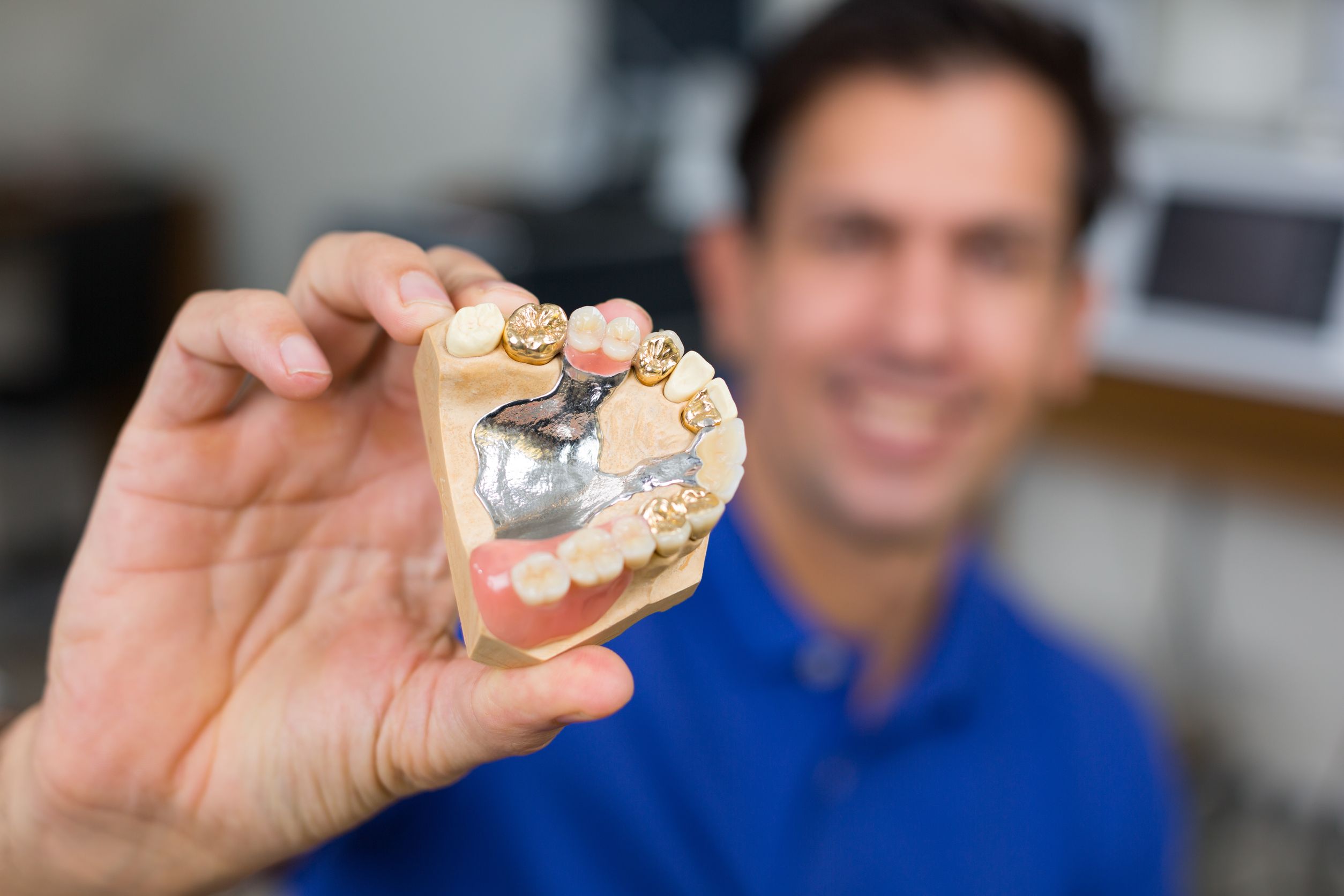Gold’s allure as a precious metal is timeless—coveted for jewelry, investments, and industrial applications. But raw gold ore or scraps are rarely pure enough for such valuable end uses. This is where gold refinery comes in: highly complex industrial processes that extract and purify mined gold into 999.9% pure 24K gold fit for global markets.
How is crude ore transformed into glistening gold bars through modern alchemical science? Let’s unravel the technical steps in gold refining.
Understanding gold ore
Gold ores are mineral aggregates containing particles of native gold embedded in rocky substrates like quartz. The average gold ore only has 0.04% native gold. The first step in refinement is determining the extractable gold content through advanced analysis like fire assaying. This informs economic viability and determines processing approaches.
Crushing and milling ore
Mined ores get crushed into sand-like particles via jaw, cone, or hammer crushers, exposing the gold. These get further ground in ball/SAG mills with water into mineral slurries passing through 200–250 mesh screens. This increases gold surface exposure, which is crucial for downstream extraction.
Froth Flotation
Slurries next undergo froth flotation, where air bubbles latch onto gold particles, floating them into a mineral-rich froth for separation from waste residues. This concentrates gold, ready for intensive cyanidation leaching next. The froth also contains other precious metals, like silver or copper.
Cyanidation Leaching
The aerated froth gets mixed with aqueous cyanide, which oxidizes exposed gold particles, dissolving them.
After sufficient contact time, activated carbon in adsorption columns bonds with dissolved gold complexes as the leached slurry flows into them.Further processing removes the gold-laden carbon.
Desorption and electrowinning
Next, “pregnant” carbon gets pressure-stripped using hot caustic soda, dissolving gold complexes in the solution. High-voltage electric currents are applied in electrowinning to deposit 99% pure gold sludge onto steel cathodes. The final refining into 24K gold is achieved using induction furnaces, gold cell electrolysis, etc.
From High-Tech Prospecting to Precision Extraction
State-of-the-art processes such as spectrometric analysis, controlled pressure leaching, and electrolysis are used to extract even trace amounts of gold from complex ores. These interconnected technologies crank out gold ingots of stunning purity, catering to extensive demand worldwide, spanning industries and investment sectors. Gold refineries and manufacturing continue to evolve annually, underpinning the precious metal’s immortal value. Contact Bay Area Metals today to learn more about precious metal transactions and gold refinery!


